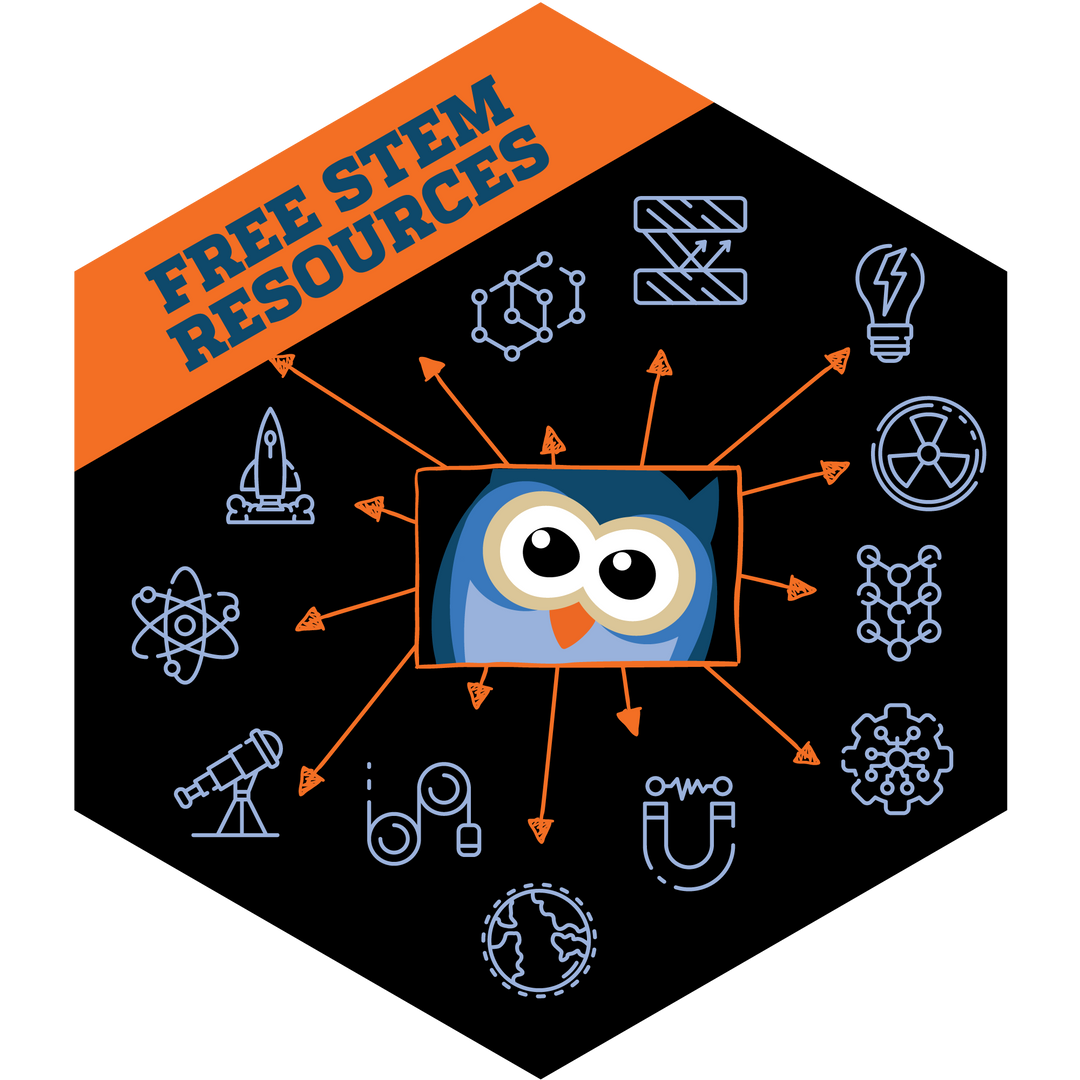The Sweet Science of Honey: Exploring an Ancient Wonder Through STEM

Did you know that honey never spoils? Archaeologists have found pots of honey in ancient Egyptian tombs that are over 3,000 years old, and it's still perfectly edible! This amazing fact isn't just a fun piece of trivia—it's also a fantastic way to explore STEM (Science, Technology, Engineering, and Mathematics) concepts with students. Let’s dive into the sweet science behind honey's incredible longevity and see how it ties into STEM education.
The Science Behind Honey's Longevity
Honey's ability to stay fresh for thousands of years is due to its unique chemical composition. Let's break it down:
-
Low Water Content: Honey is hygroscopic, meaning it contains very little water. Most bacteria and microorganisms need water to grow and survive. With a water content of less than 18%, honey provides an inhospitable environment for these tiny invaders.
-
High Acidity: Honey has a pH level between 3.2 and 4.5, making it acidic. This high acidity level prevents the growth of bacteria and other microorganisms that could spoil the honey.
-
Hydrogen Peroxide: Bees add an enzyme called glucose oxidase to honey, which produces small amounts of hydrogen peroxide. This acts as a natural preservative, further protecting honey from spoilage.
The Lab-Aids: Kitchen Chemistry Kit is perfect for studying honey!
Exploring STEM Through Honey
Honey's fascinating properties provide a great opportunity for educators and parents to engage kids in STEM learning. Here’s how you can connect honey to different STEM fields:
Science
-
Chemistry: Investigate the chemical structure of honey and its components like glucose and fructose. Discuss how the low water content and high acidity create an environment unsuitable for bacteria.
-
Biology: Explore how bees make honey, from gathering nectar to the enzymatic processes that transform it. Learn about the role of bees in ecosystems and the importance of pollination.
-
Microbiology: Study the types of microorganisms that cannot survive in honey and why. This can lead to a broader discussion about food preservation methods.
Technology
-
Food Preservation Techniques: Compare honey to other methods of food preservation such as drying, canning, and freezing. Discuss how ancient and modern technologies are used to keep food safe and edible.
-
Beekeeping: Explore the technology behind modern beekeeping, including hive design, honey extraction, and sustainability practices. Discuss how technology helps in the conservation of bee populations.
Engineering
-
Hive Design: Look at the engineering marvels of beehives. Analyze how the hexagonal structure of honeycombs is efficient and strong. Create models of honeycombs using different materials.
-
Extraction Tools: Study the tools and machines used in honey extraction. Discuss how engineers design equipment to make the process more efficient and less harmful to bees.
Mathematics
-
Measurement and Ratios: Measure the water content and pH levels in honey. Compare these with other substances to understand their preservative qualities.
-
Geometry: Examine the hexagonal shapes in honeycombs and learn about the geometric efficiency. Calculate the area and volume of hexagonal cells.
Check Out These Fun Activities for Students to Try!
Here are some hands-on activities that can make learning about honey even more engaging:
-
Honey Tasting: Taste different types of honey and note their flavors, colors, and textures. Discuss how factors like flower type and region affect honey.
-
Microscope Exploration: Look at honey under a microscope to see if you can spot any crystals or other interesting features.
-
DIY Honeycomb: Use paper or cardboard to create your own honeycomb structures. Experiment with different shapes to see which is the most efficient.
-
PH Testing: Test the pH levels of honey and other substances using pH strips. Compare and discuss the results.
-
Preservation Experiment: Try preserving small pieces of fruit in honey and other methods like salt, sugar, or vinegar. Observe which method keeps the fruit freshest.
Conclusion
Honey isn't just a delicious treat—it's a gateway to understanding complex STEM concepts in a fun and engaging way. By exploring the science behind honey's longevity, students can learn about chemistry, biology, technology, engineering, and mathematics in a hands-on and memorable manner. So next time you drizzle honey on your toast or add it to your tea, remember the amazing science that makes this ancient food so special!



